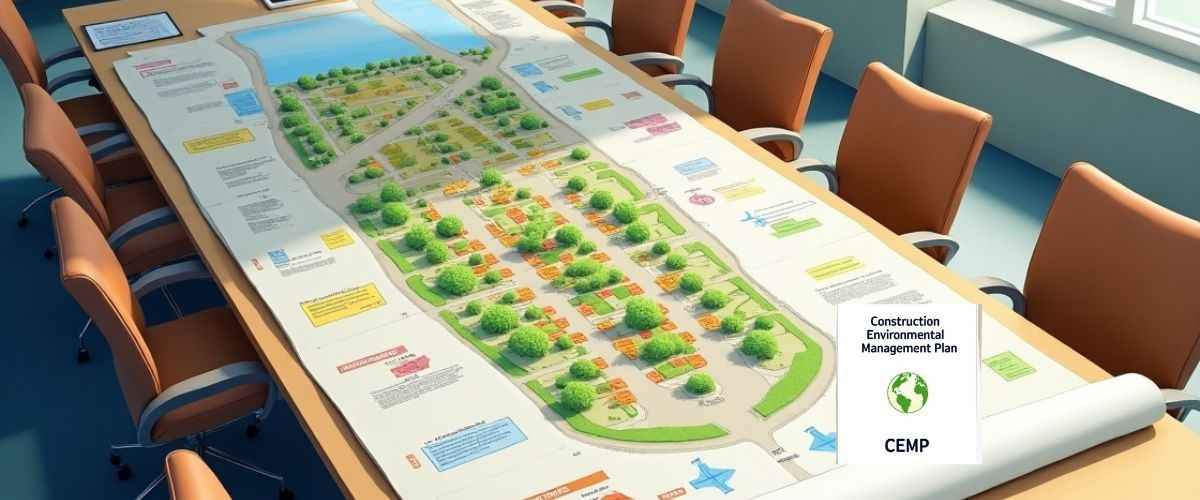Construction Environmental Management Plan (CEMP) isn’t a box-ticking exercise—it’s an integral part of the way building is done these days. More and more councils and planning authorities now require it before permission is given. For developers, having a CEMP in their pocket guarantees compliance, avoids frustrating delays, and shows that environmental responsibility is not something tacked on afterwards.

That’s why it matters—and why no serious property developer should ever live without one.
1. Helps with Compliance with the Law
Most UK councils now require a CEMP as a planning condition. It lays down how the developer will handle dust, noise, waste, and other risks when they construct. In its absence, projects can be put back or canceled, and developers can be penalized for non-adherence. A clear plan ensures the project stays within legal limits and avoids wasting time in the long term.
2. Conserves Harm to the Environment
Construction activity can be a permanent threat—from pollution and water contamination to interfering with wildlife. A well-planned CEMP sets pollution controls, waste reduction strategies, and biodiversity conservation measures. These are not extras—they’re included to avoid long-term problems on and off site.
3. Respects Local Communities
Neighbors who live near a site are typically the first to feel the impact of construction. Dust, traffic, and constant noise tend to make enemies out of friends within a matter of weeks. A CEMP avoids this by creating strict controls from the outset. When developers take such matters seriously, this builds confidence and reduces complaints.
4. Keeps the Project on Track
Surprise environmental problems can cause a delay in a build. A CEMP avoids delays by recognizing risks beforehand and making arrangements to face them. When environmental considerations are built into the project timeline, work goes more smoothly—and that saves money.
5. Boosts Brand Image
In the current market, investors and customers desire something more than completed square meterage over their heads—they desire to understand how it is achieved. A CEMP indicates that a developer is passionate about reducing damage, not only ticking boxes. That creates a stronger reputation and gains the confidence of councils, partners and potential customers.
6. Facilitates Carbon Targets
A CEMP helps track the volume of fuel, water, and materials used during construction. Through minimizing waste and emissions, it supports national Net Zero ambitions and organization-level environmental ambitions. It typically leads to reduced operating costs during construction as well.
7. Makes Responsibility Clear
Everybody on site needs to know who is doing what. A CEMP sets this down in black and white. Known roles, checking, and reporting make it easier to keep on target and correct things if they’re going wrong. It also enhances site safety and reduces the risk of mistakes.
8. Facilitates Handover
The job does not finish when the building does. A well-conceived CEMP addresses what happens next—like site clearance, regreening, or habitat inspections. This helps meet planning conditions and avoids problems at handover, when last-minute issues can cause delay and extra cost.
Final Notes
A Construction Environmental Management Plan is not written for the sake of paperwork—it’s a useful tool that keeps things on course. It saves the environment, avoids legal complications, keeps communities amicable, and enhances a company’s reputation.
Contractors who take the time to write a working, readable CEMP have a higher likelihood of completing the job on time, staying in compliance, and winning repeat business. It’s good for the environment—and good for business. Contact Planning Consultants Peak District for more information.







